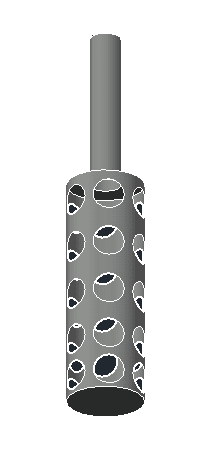JoacimEurocon
Structural
Hi,
When analysing a pipe according to norms such as EN13480-3 or ASME 31.3, we generally evaluate for loads due to weight, internal pressure, thermal expansion. Other specific loads are often also evaluated for. However, I wonder why loads due to the momentum of the fluid are not accounted for by these norms. Intuitively it seems like the are not always neglectable.
To be more specific: I am analyzing a pipe which is used to drain fluid from a vessel to another vessel at a lower elevation. I.e. the pipe is empty until a valve on the upper vessel is opened and then liquid is drained through the pipe to the lower vessuel only due to gravity. The pipe has been in use for many years but the customer have seen some damage to both piping and its supports. The customer believes that the momentum of the fluid may cause excessive forces on the supports, which does not seem too unreasonable too me.
Do you guys have any methodologies or guides to share for problems such as this?
Best regards,
Joacim
When analysing a pipe according to norms such as EN13480-3 or ASME 31.3, we generally evaluate for loads due to weight, internal pressure, thermal expansion. Other specific loads are often also evaluated for. However, I wonder why loads due to the momentum of the fluid are not accounted for by these norms. Intuitively it seems like the are not always neglectable.
To be more specific: I am analyzing a pipe which is used to drain fluid from a vessel to another vessel at a lower elevation. I.e. the pipe is empty until a valve on the upper vessel is opened and then liquid is drained through the pipe to the lower vessuel only due to gravity. The pipe has been in use for many years but the customer have seen some damage to both piping and its supports. The customer believes that the momentum of the fluid may cause excessive forces on the supports, which does not seem too unreasonable too me.
Do you guys have any methodologies or guides to share for problems such as this?
Best regards,
Joacim

